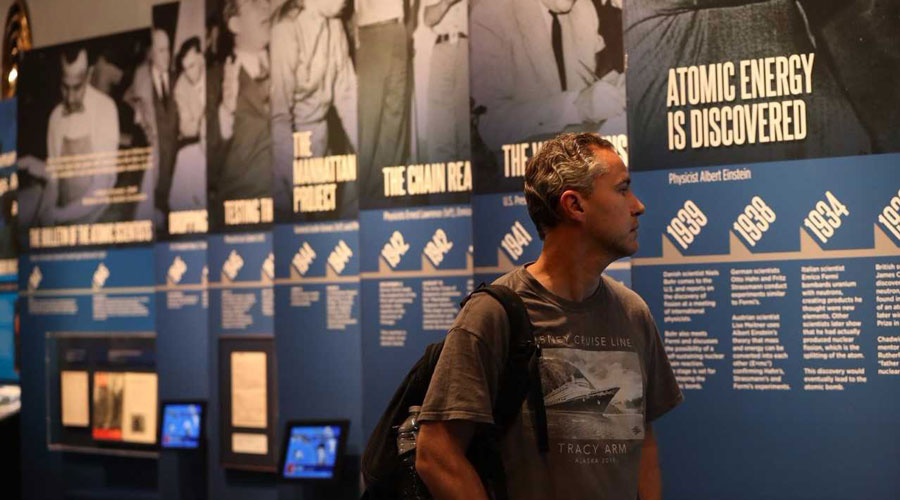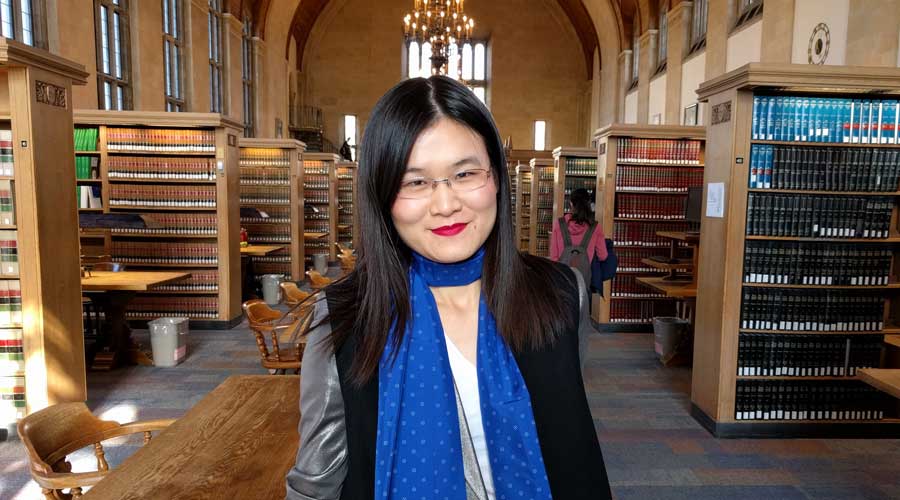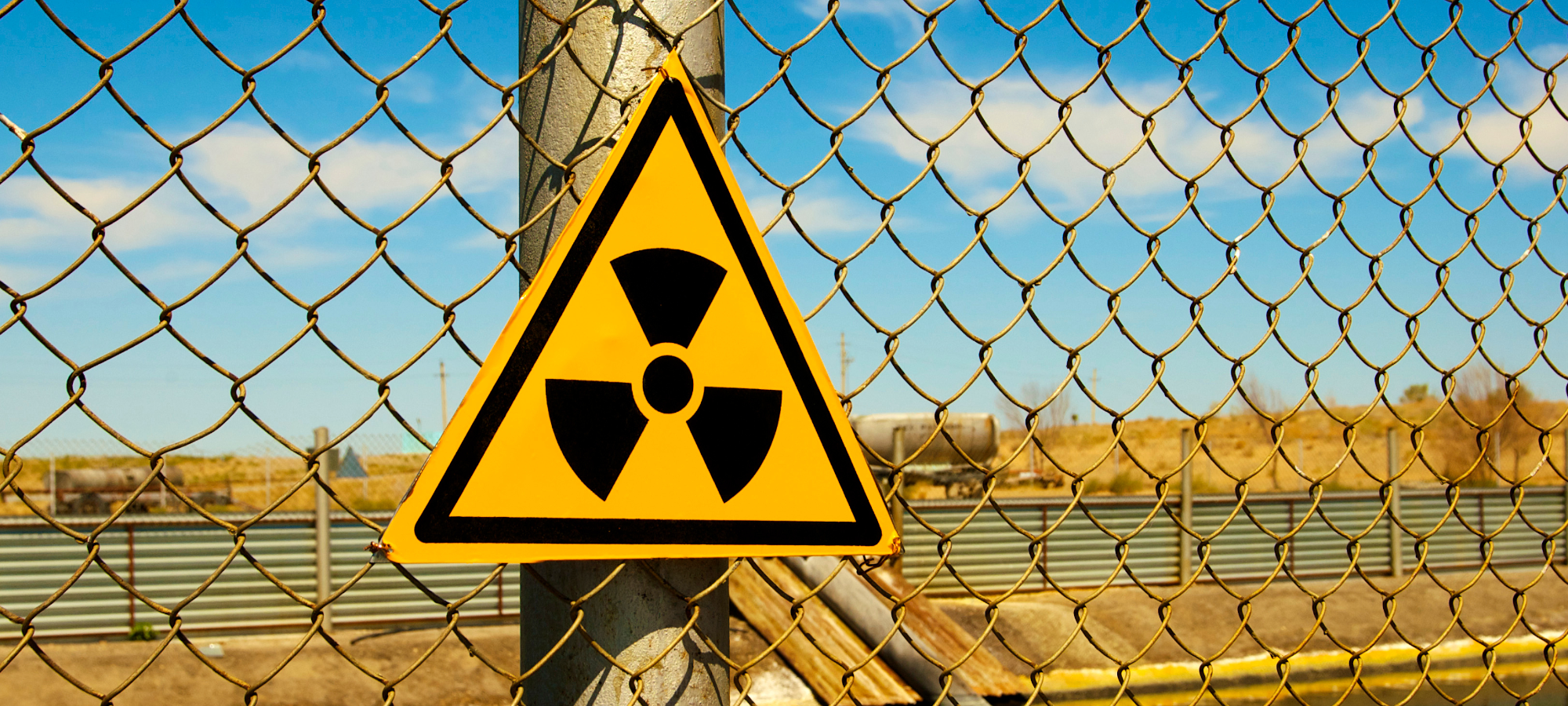The Bulletin of Atomic Scientists is drawing a younger following and elevating scientists to diversify and strengthen the field.
The Cold War may have ended close to 30 years ago, but the Doomsday Clock is alive and ticking.
In January, the second hand of what might be the world’s most panic-inducing metaphor was moved to 100 seconds before midnight. It is the closest humanity has come to that apocalyptic threshold in the history of the Bulletin of the Atomic Scientists, which will mark its 75th year in November.
“We’re in a very dangerous moment that requires attention and urgent action,” said Rachel Bronson, President and CEO of the organization, based on the University of Chicago campus.
Three-quarters of a century after Manhattan Project scientists, who were developing the atomic bomb at the university, created the Bulletin, the organization contends that humanity is in even greater peril than at the height of the U.S – Soviet arms race. The reason: Enduring nuclear risks and, increasingly, other existential threats like climate change.
At the same time, science itself is under attack from industries and politicians seeking to diminish its role in policymaking, further complicating the world’s ability to address challenges.
The Bulletin debuted the Doomsday Clock in 1947 to convey the urgent nuclear threat and continues to track that threat. Through the years the organization that convinced President Harry Truman and Congress to give civilians control over nuclear weapons has been successful in managing risks and influencing policy associated with those weapons.
It also has become much more.
As important scientific issues outside the nuclear field emerge, the organization is adapting, strengthening its stature, and broadening its reach by expanding its coverage of science, technology, and the environment.
Among the more recent compelling scientific issues the Bulletin has addressed is climate change, which the organization has factored into its clock-setting since 2007.
The Bulletin also is tracking and writing about a host of disruptive technologies, including artificial intelligence, gene editing, and deepfake video—sophisticated visuals that make people appear to say or do something they did not—that it views as compounding the peril.
And, the Bulletin is making its coverage more engaging and accessible.
Bulletin writers were featured in the pages of Teen Vogue and its experts consult for popular TV shows, including CBS’s “Madam Secretary.” And a recent Museum of Science and Industry exhibit about the organization was extended to two years instead of its original six-month run.

A recent Museum of Science and Industry exhibit that uses personal stories, interactive media and pop culture to tell the Bulletin’s story was extended to two years from six months.
That evolving approach is working. Half of the quarter million readers visiting the organization’s website in an average month are younger than 35. Its COVID-19 coverage is especially popular, drawing a record one million visitors to the site in March. Six years ago, the Bulletin’s site attracted an average of 50,000 visitors a month.
In addition, the organization has its Voices of Tomorrow initiative, which courts and cultivates young scientists from diverse backgrounds to engage the public on technology’s promises and perils.
Yangyang Cheng, a 30-year-old particle physicist from Chicago, has embraced that new role. She developed a fascination with politics growing up in China, where political life is controlled rigidly.
But she had not thought much about writing before connecting with the Bulletin as a University of Chicago PhD student.
In 2017, Cheng published her first Bulletin article, about the dangers of scientists failing to engage in politics. That year, Cheng’s essay, “Let Science Be Science Again,” won the Bulletin’s Rieser award for best Voices piece. She has gone on to write dozens of articles for various outlets, including The New York Times, Foreign Policy, MIT Technology Review, and ChinaFile.
“I think the Bulletin, more than anything, gave me the idea that my voice deserves a platform,” said Cheng, now a postdoctoral research associate at Cornell University.

Yangyang Cheng, a particle physicist from Chicago, has joined the ranks of young scientists who write articles and actively advocate for science-informed public policy around the world.
As it modernizes, the Bulletin promotes collaboration between artists and scientists. Contributor Matteo Farinella is experimenting with art and storytelling to reach new audiences.
In 2014 the neuroscientist turned illustrator published a graphic novel, “Neurocomic,” about the workings of the mind. Described as “Alice in Wonderland” set inside the brain, the book has been translated into 10 languages.
Encouraged by the Bulletin, Farinella is working with climate scientists to use comics to explain climate change. He’s learned that storytelling and character development are crucial for science communicators.
“For most people, you can give them all the data you want, but until there is some kind of human element, it’s really hard for people to care,” he said. “My hope is that comics can be a way in for them.”
The Bulletin leadership, which had been publishing articles about climate change since the 1950s, decided in 2005 to bring greater attention to the climate crisis, declaring that it was as serious a threat to the planet as nuclear weapons, said Kennette Benedict, a former president of the Bulletin who remains a senior advisor to the organization.
The organization’s emphasis on climate risks along with nuclear threats yielded an unintended result, according to Benedict.
“Younger people… didn’t understand the nuclear threat as well as they did the dangers of climate change,” Benedict said. “Yet, there are some 14,000 nuclear weapons in the world and the United States, some of which are ready to launch in minutes. Placing the issues side by side helped elevate the nuclear danger for younger folks.”
The MacArthur Foundation has awarded the Bulletin of the Atomic Scientists $8,353,081 since 1986, including 21 grants in International Peace & Security and Nuclear Challenges.




